Asia
Buy Asia Asia was a short-lived “supergroup” which existed primarily in the early 1980s. Their debut eponymous album was wildly successful commercially, reaching #1 in the US on the Billboard album charts and […]
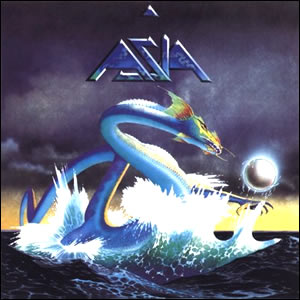
Buy Asia Asia was a short-lived “supergroup” which existed primarily in the early 1980s. Their debut eponymous album was wildly successful commercially, reaching #1 in the US on the Billboard album charts and […]
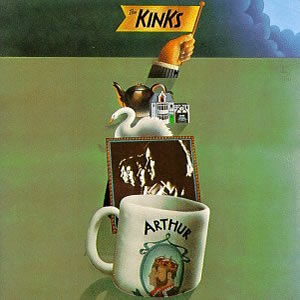
Buy Arthur (or the Decline and Fall of the British Empire) Although The Kinks were part of the first wave of British artists to break through following the Beatles, they were never really […]
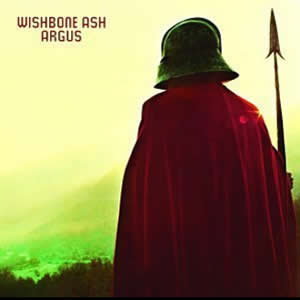
Buy Argus Argus is the most commercially successful album for Wishbone Ash and is considered by many to be their high-water mark musically. This third album by the British rock quartet features a […]

Buy Are You Experienced? An extraordinary debut by The Jimi Hendrix Experience, Classic Rock Review has named Are You Experienced? as our Album of the Year for the phenomenal music year of 1967. […]
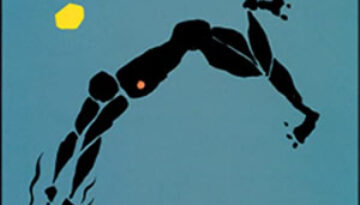
Buy Arc of a Diver Arc of a Diver is a true “solo” record by Steve Winwood as he played every instrument and recorded and produced the album in his private studio. The […]
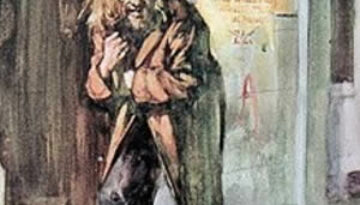
Buy Aqualung Aqualung, the fourth album by Jethro Tull, was recorded at the same time and in the same studio (Island Studios, December 1970) as the fourth album by Led Zeppelin. While recording […]

Buy Animals One of the more underrated classic albums, Pink Floyd‘s Animals is set up like an epic movie with three self-contained sub-chapters and sub-plots that somehow all tie together in the end. […]
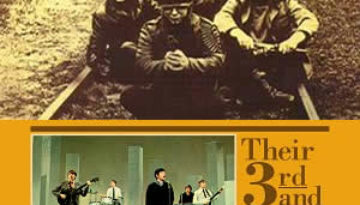
Buy Animal Tracks (US version) In 1965, The Animals released a pair of albums that were each titled Animal Tracks, a May 1965 release in their native UK and a September release in […]
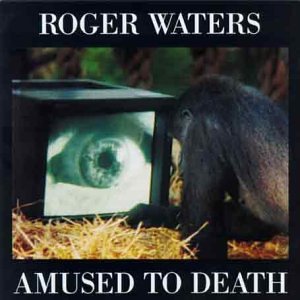
Buy Amused to Death For what turned out to be his final solo studio album (to date, 20 years and counting), Roger Waters composed a complex (and often confused) concept album called Amused […]
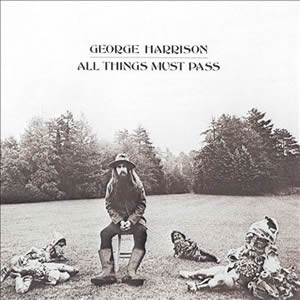
Buy All Things Must Pass We start our three part mini-series called “Life After Beatles” with All Things Must Pass, the triple LP album which George Harrison the month the Beatles officially broke […]